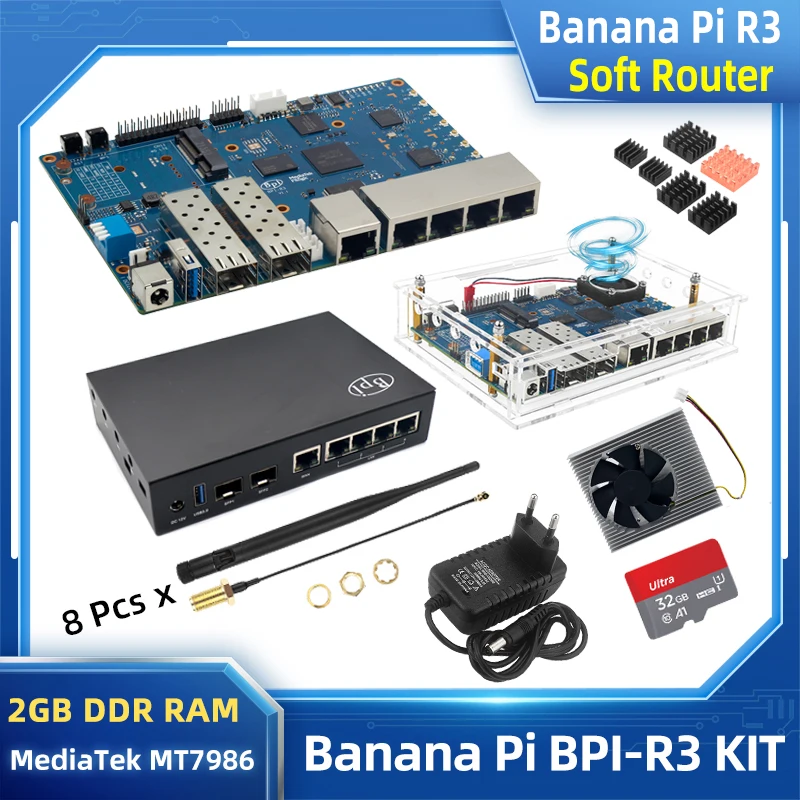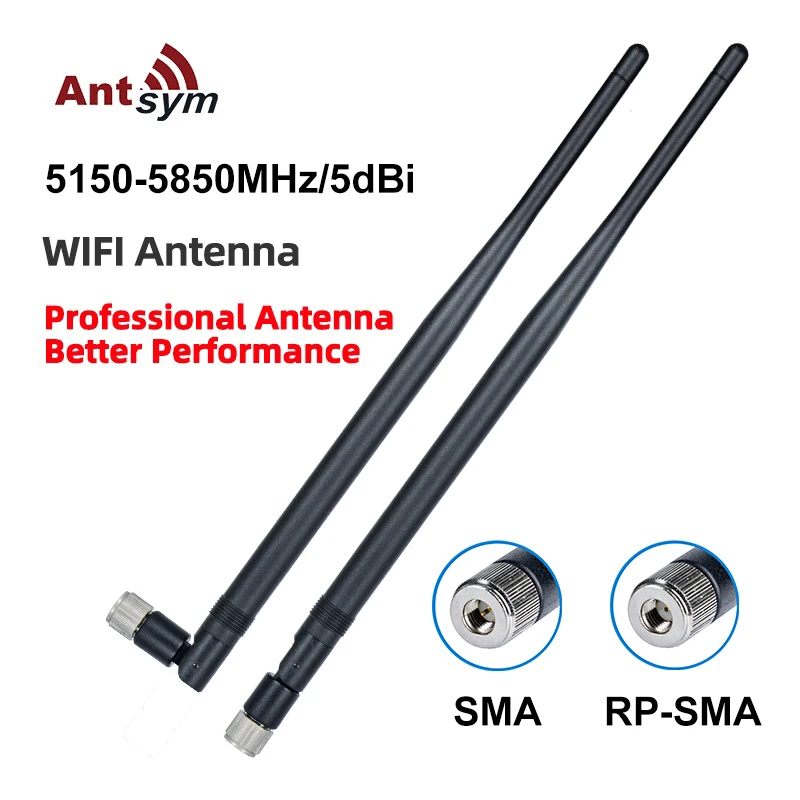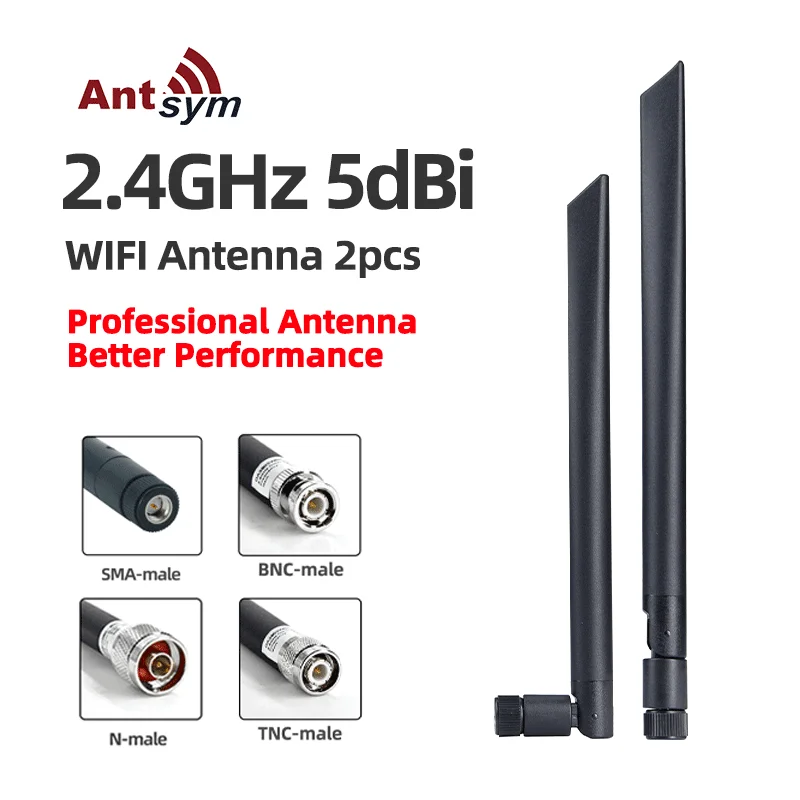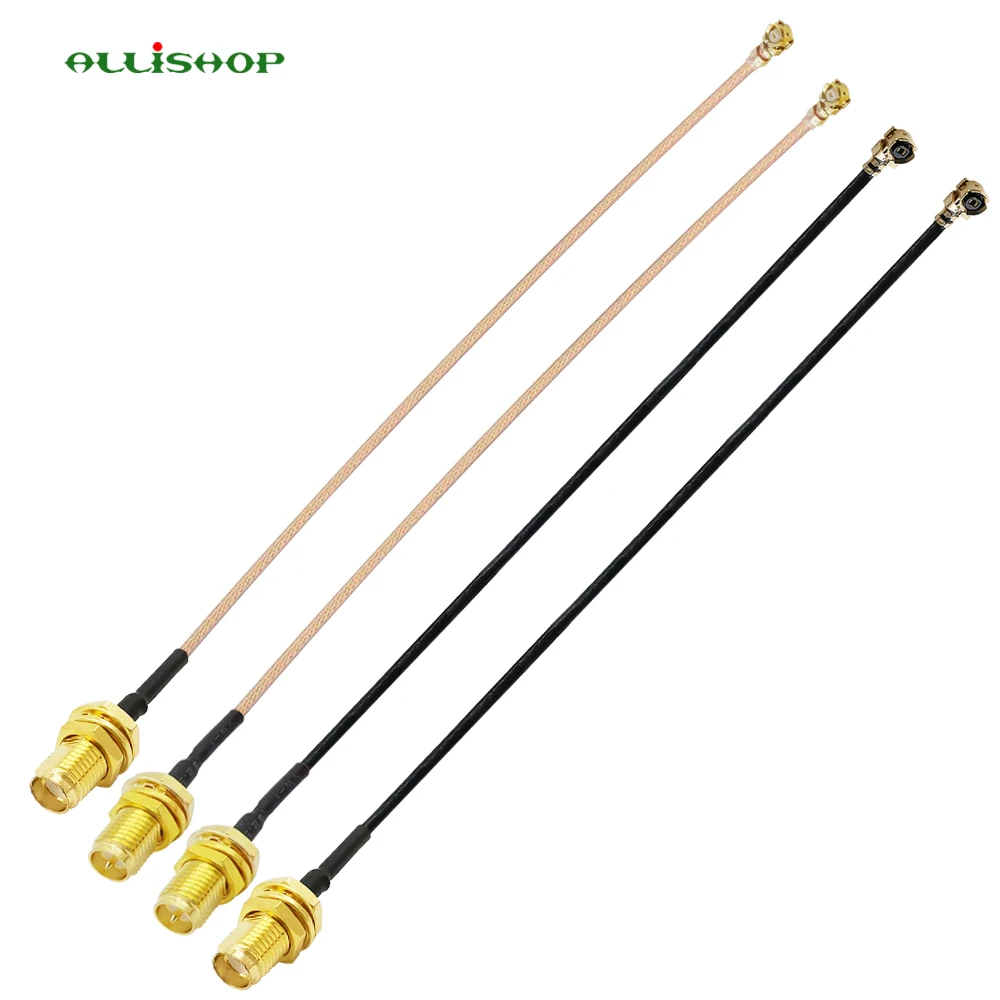L&LD
Part of the Furniture
@sfx2000, no, of course not.
Performance, security, stability, and long-term support are exactly why Asus + RMerlin-powered routers are great products for their price, ease of use, and availability.
Not 'any' new WiFi 6 router at an arbitrary price point ($100 in today's economy is sadly laughable). Select Asus routers period.
Suggesting otherwise is not seeing the total market/picture as it is.
Performance, security, stability, and long-term support are exactly why Asus + RMerlin-powered routers are great products for their price, ease of use, and availability.
Not 'any' new WiFi 6 router at an arbitrary price point ($100 in today's economy is sadly laughable). Select Asus routers period.
Suggesting otherwise is not seeing the total market/picture as it is.






